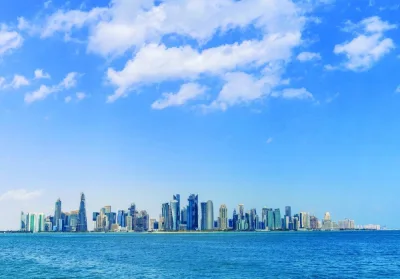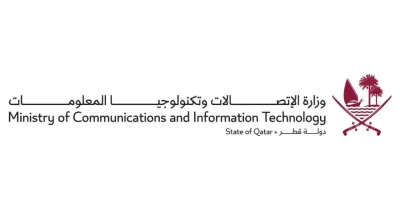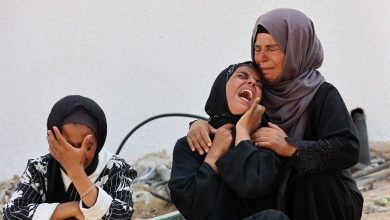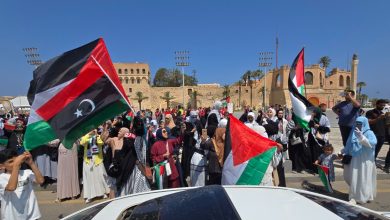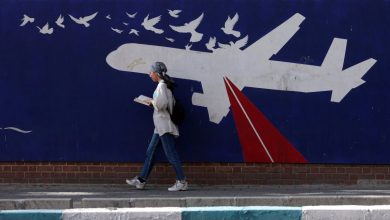Global South
Qatar’s vital role in LNG market, commitment to diverse sectors foster economic stability, growth: Allianz Trade
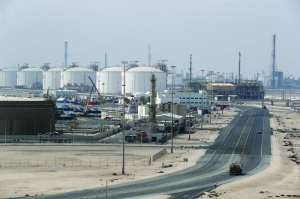
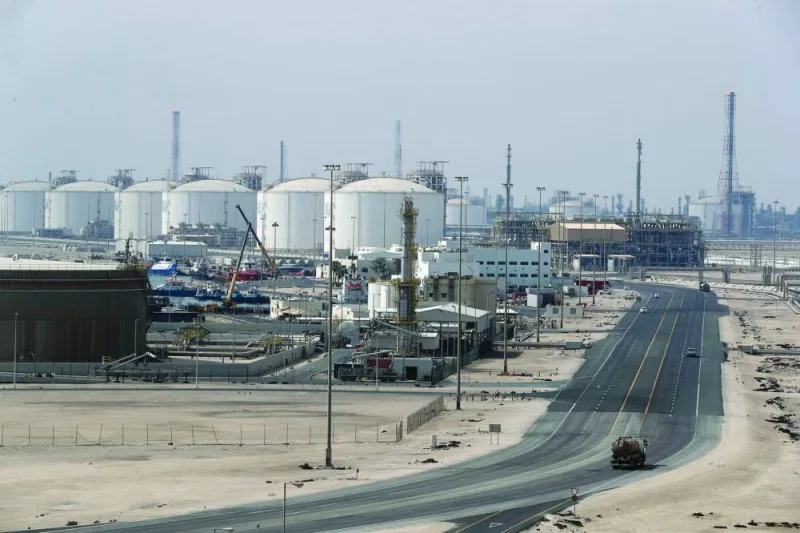
The Ras Laffan Industrial City, Qatar’s principal site for the production of liquefied natural gas and gas-to-liquids. The North Field East LNG expansion project will be a major economic driver, first through “significant investment spending” until the (expected) completion date (2026) and then by fast-expanding LNG output, Allianz Trade has said in an economic update.
Qatar’s vital role in the global LNG market and commitment to diverse sectors, including sports and tourism, is fostering economic stability and growth, Allianz Trade has said in an economic update.
The trade credit insurer noted that the North Field East LNG expansion project will be a major economic driver, first through “significant investment spending” until the (expected) completion date (2026) and then by fast-expanding liquefied natural gas output.
As the first phase of the North Field East gas development project begins, the country’s budget surplus will increase by 2026. With a strong fiscal outlook, public debt is expected to decrease from 45% of GDP at the end of 2023 to 33% by the end of 2028.
Qatar’s low inflation, along with “progressive monetary relaxation”, will also help to maintain private spending, while the government’s “emphasis on economic diversification will drive stable development” in non-energy sectors.
According to Allianz Trade, “Qatar has one of the highest levels of GDP per capita in the world”, yet the economy relies significantly on hydrocarbon exports.
GDP growth is expected to accelerate to 3% in 2024, Allianz Trade said. Investment in the energy sector, including renewables and fossil fuels, as well as a stronger tourism industry and better partnerships with neighbouring countries, will drive momentum.
External liquidity will remain “unproblematic” in the next two years. Qatar has recorded large, sometimes huge, annual current account surpluses for more than two decades, with the exception of 2016 and 2020, when global oil and gas prices were particularly low.
These surpluses have contributed to the buildup of the Qatar Investment Authority (QIA), the sovereign wealth fund, which is currently estimated at approximately $480bn.
The combined international reserves of the central bank and the QIA represent over two times the annual GDP and cover more than 80 months of imports, Allianz Trade said.
The economic acceleration reflects the government’s willingness to move forward with a variety of new infrastructure projects worth slightly less than $19.2bn. The Public Works Authority (Ashghal) will play a key role, as the projects cover many sectors and provide potential for private sector engagement.
“We also expect the tourism industry to sustain its recent vibrancy – visitor arrivals more than doubled year on year in the first nine months of 2023, reaching 2.9mn. Qatar hosted the World Aquatics Championships in February.
“Qatar has confirmed its ambitions as a worldwide athletic powerhouse and has also expressed interest in bidding for the summer Olympic Games in 2036,” Allianz Trade noted.
The trade credit insurer noted that the North Field East LNG expansion project will be a major economic driver, first through “significant investment spending” until the (expected) completion date (2026) and then by fast-expanding liquefied natural gas output.
As the first phase of the North Field East gas development project begins, the country’s budget surplus will increase by 2026. With a strong fiscal outlook, public debt is expected to decrease from 45% of GDP at the end of 2023 to 33% by the end of 2028.
Qatar’s low inflation, along with “progressive monetary relaxation”, will also help to maintain private spending, while the government’s “emphasis on economic diversification will drive stable development” in non-energy sectors.
According to Allianz Trade, “Qatar has one of the highest levels of GDP per capita in the world”, yet the economy relies significantly on hydrocarbon exports.
GDP growth is expected to accelerate to 3% in 2024, Allianz Trade said. Investment in the energy sector, including renewables and fossil fuels, as well as a stronger tourism industry and better partnerships with neighbouring countries, will drive momentum.
External liquidity will remain “unproblematic” in the next two years. Qatar has recorded large, sometimes huge, annual current account surpluses for more than two decades, with the exception of 2016 and 2020, when global oil and gas prices were particularly low.
These surpluses have contributed to the buildup of the Qatar Investment Authority (QIA), the sovereign wealth fund, which is currently estimated at approximately $480bn.
The combined international reserves of the central bank and the QIA represent over two times the annual GDP and cover more than 80 months of imports, Allianz Trade said.
The economic acceleration reflects the government’s willingness to move forward with a variety of new infrastructure projects worth slightly less than $19.2bn. The Public Works Authority (Ashghal) will play a key role, as the projects cover many sectors and provide potential for private sector engagement.
“We also expect the tourism industry to sustain its recent vibrancy – visitor arrivals more than doubled year on year in the first nine months of 2023, reaching 2.9mn. Qatar hosted the World Aquatics Championships in February.
“Qatar has confirmed its ambitions as a worldwide athletic powerhouse and has also expressed interest in bidding for the summer Olympic Games in 2036,” Allianz Trade noted.


